Our Recent Trip and Volcano Video from Big Island
Pele has been showing her power lately on the southeast side of the Big Island, Hawaii. We were lucky enough to make a trip out to Hilo right as things began to stir. The video below shares some of the highlights from our drive to Hawaii Volcanoes National Park as well as our Circle of Fire Helicopter flight.
As you can see in the video, and in the beautiful photos captured here by Hawaii Photography, the lava activity was just beginning to get more lively in early April of this year. We could tell it was out of the ordinary by how excited the locals were. Our intention was to hike to the lava flows, but it turns out (at the time) that it required a 10-12 mile hike. SO, we visited Hawaii Volcanoes National Park and watched eruptions blast into the air!
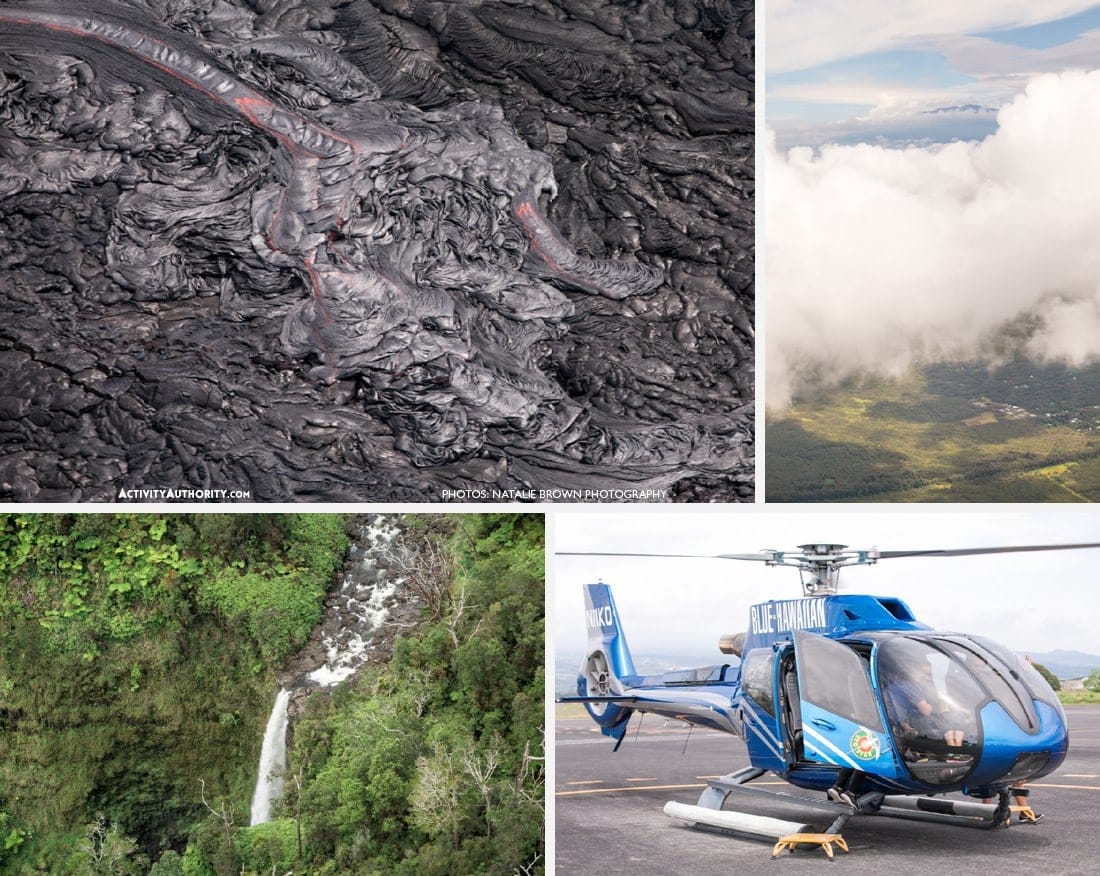
We then took a helicopter flight to see things even closer! It was AMAZING! Witnessing nature’s raw power up close was a highlight of our lives and a bucket list item checked off! We’re going to try and get back there for another flight before things quiet down (if they quiet down.)
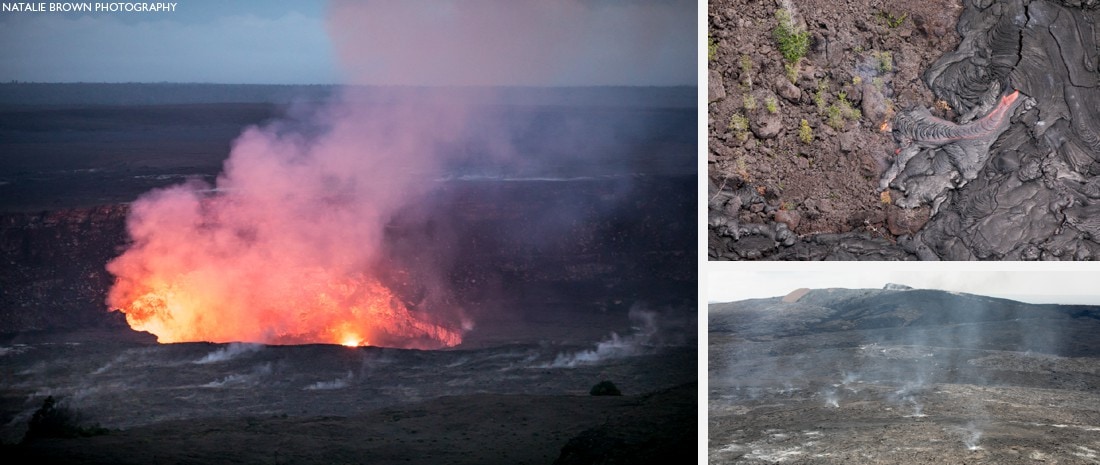
 Leilani Estates Eruptions and Drama
Leilani Estates Eruptions and Drama
And then the earth opened up and began spewing lava through a neighborhood at Leilani Estates. Some of our family and friends just happened to be staying in Leilani Estates during the eruptions (a quick island hop from Maui in order to relax. Turns out it was far from relaxing!)
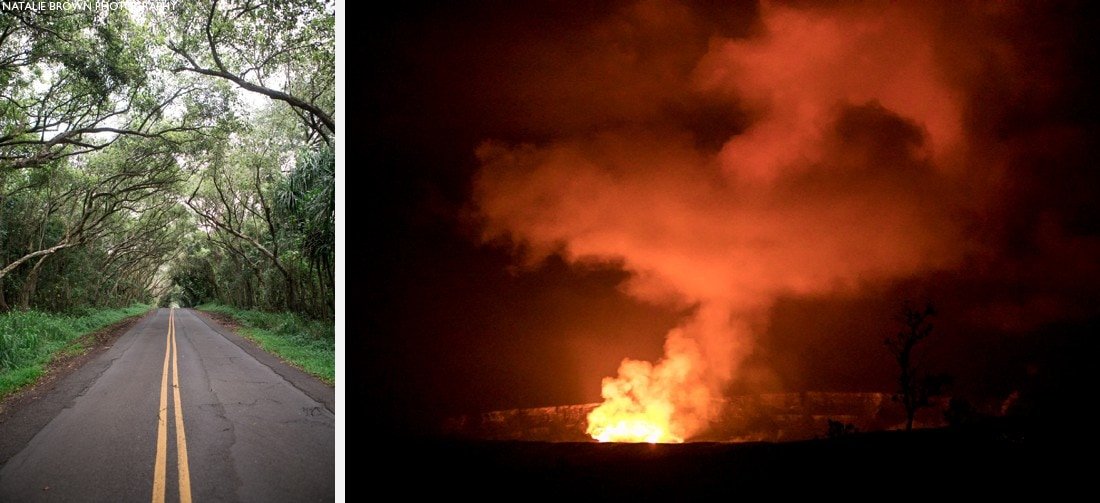
“The cops and national guard know we are here, we checked in with them at the checkpoint. I’m keeping my phone on in case we get notified we need to move. The bags are ready to go so I think we are good. Tomorrow we may stay on Kona side,” texted Nicole Busto from Maui Nutritional Therapy. The next day they were evacuated and drove to the other side of the island. The video below shows some of the awesome power and destruction from this flow.
Ken Busto, of Acupono, summed up his experience nicely with:
“I have no frame of reference for this; it is an entirely new way of knowing these Hawaiian islands. At our rental in Pohoiki, minutes away from the eruptions (literally 2 – 6 minutes) we sat vigilant in Madame Pele’s lap as her fierce ecstasy rumbled on.”
“And though new for me, everything about it was instantly identifiable. Even at three in the morning on no sleep, the rosy glow reflected on the clouds just to our west, the groan of the ground opening up, the sulphur-scented breeze, the gurgling sounds of lava and steam exiting the earth — these could not be mistaken for anything but a volcanic eruption.”
“With no frame of reference, my internal compass is on tilt. I can’t know what to feel beyond deep, primal…reverence. Lots of folks are saying, “Pele is angry”, but I have yet to see evidence of that. Wildness and violence are not necessarily anger. This event is sacred. That is all I know at this point.”
“We have since left the Puna District and are kickin’ it in Captain Cook. Kona coffee and dolphins for the remainder of this stay. But being here on Big Island for Kilauea’s eruptions has been truly, unimaginably, phenomenal. As a rule I personally don’t use the words ‘amazing’ or ‘awesome’ because everyone uses them for everything nowadays. This event is actually worthy of both.”

UPDATE: LAVA IS NOW FLOWING INTO THE OCEAN!
Types Of Lava and Lava Rock Found On The Hawaiian Islands
A Volcano is usually described as an opening in the crust of the earth where molten gases and rocks are released to the surface. The molten rock often has solid crystals, which have separated from it by crystallization. While lava is still underground, it is referred to as “Magma”, when it reaches the ground it is referred to as “Lava”. There are various factors that contribute to the type of lava that forms.
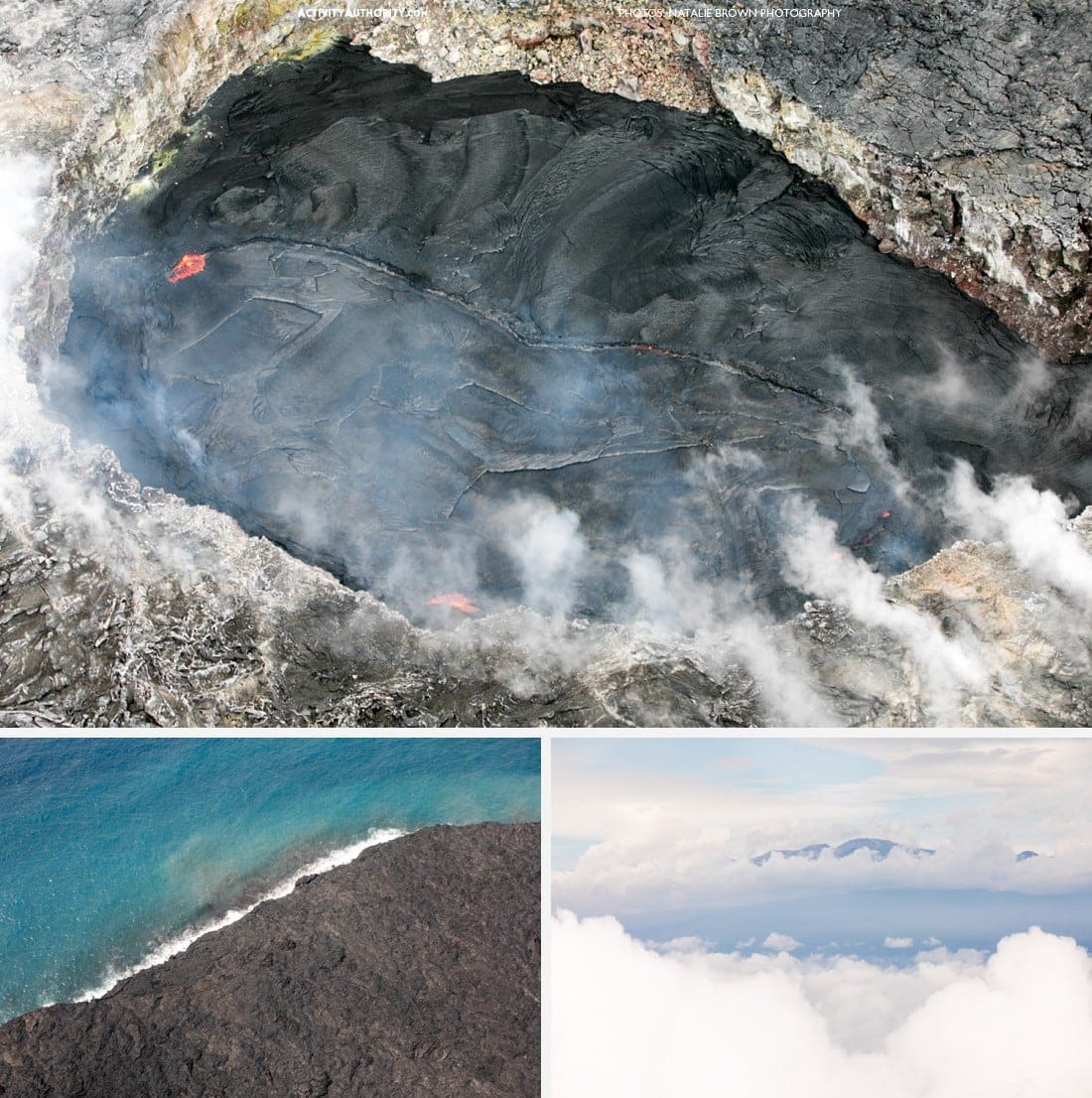
The color of the lava usually varies between red, brown, black, red, tan, pink, metallic silver, and green. Some lava has an olive color due to semi-precious crystals that break apart. When lava cools it forms different shapes and types of lava.
There are many types of lava namely Pahoehoe, Pele’s Hair, and Pele’s tears. Lava Bombs, Green Sand, Aʻa, Lava pillows, etc. The three most common lava found on the Hawaiian Islands are Pillow Lava, Pahoehoe, and Aʻa.
Aʻa forms individual rocks that vary in size. These rocks can be any size from a few inches to a few feet. Pahoehoe looks like twisted ropes that form a smooth, thick, flat coating of lava.
There is also a third type of lava known as pillow lava. This lava forms while entering the water caused by pressure pushing the lava into its unique shape and consistency. This lava cools very quickly due to the temperature of the ocean water.
Lava at La Perouse, south Maui
La Perouse is almost entirely created by mid to late Pleistocene Aʻa lava flow that originates for the basis of the Pohakea and Puʻu Pimoe cinder cones. South of Puʻu Pimoe you will find the large lava flow of Aʻa lava that spreads out to the southern area towards the coast. The A’a lava found on Pahoehoe is still very rugged in appearance with a thin layer of ash and soil covering it.
The last Aʻa lava flow came from the southwest of Haleakala, occurring in the 1790s. This flow consists of large augite and olivine crystals.
The three volcanoes in Hawaii that are classified as most active include Kilauea (which has been erupting since 1983), Mauna Loa (building for a new eruption), and Loihi (which erupted in 1996).
The volcanoes classified as dormant volcanoes: Hualalai (last erupted in 1801), Haleakala (last erupted in 1790), Mauna Kea (last erupted 4000 years ago)
Lava on Parts of the Big Island of Hawaii
The volcanoes on the Big island mainly erupt from a type of rock called Basalt. Molten Basalt produces high fluidity compared to volcanoes that erupt lava richer in magma types such as dacite, andesite, or rhyolite. The fluidity of the basalt favors the lava formation, which is why Hawaii’s volcanoes generally have gentle slopes.
Volcanoes with a higher amount of silica content are more aggressive and produce shorter, thicker lava flows, and thick beds of ash followed by a vicious eruption. These volcanoes are more common away from the island of Hawaii and have steeper slopes.
The volcanoes of the Big Island of Hawaii were produced by the “Hawaiian hot spot.” The Pacific Ocean has a single tectonic plate that moves over a layer in the Earth. As the plate moves over a certain area (where lava peaks out) a new volcano can push through the plate and create an island. When the plate moves away, that specific volcano stops erupting and a new one is formed in its place.
Lava on Kilauea
Kilauea has the world’s most active volcanoes. There have been 62 eruptions over a span of 245 years. The eruptions that occur on this island last a long time, the last eruption started in 1983 and is still busy.
The type of lava that you are able to find on Kilauea is called “Tholeiite” which is a very hard rock and is the dominant material in the main stage of Hawaii’s volcanism and the most common lava type around the world.
Lava on Mauna Loa
Mauna Loa is known to be an active volcano that is due for an eruption. Since 1900 Mauna Loa has erupted 15 times, these eruptions can last any time period from a few hours to 145 days.
The lava that occurs in this area is known as “paired lava”, which means that there is more than one lava type involved. In 1859’s eruption was a combination of Aʻa and pahoehoe. The Aʻa lava was active for 16 days and was flowing at an average of 133 meters per hour. The Pahoehoe lava followed at an average of 7m per hour.
Pahoehoe lava is described as smooth, ropy, or billowy. This lava is also quite thin and elongated.
Lava on Haleakala
Haleakala is a great shield volcano. This volcano forms more than 75% of Maui. The type of lava rock that can be found on Haleakala is Andesite. Andesite is a mix of Rhyolite (can be found in any form from aphanitic, porphyritic to glassy) and Basalt (a very hard volcanic rock). Andesite lava is very thick in texture forming lava domes.
Lava on Hualalai
Hualalai is the third youngest active volcano on the islands of Hawaii. It is also the most active volcano of the five shield volcanoes on the island. The lava found on Hualalai is an Aʻa flow which makes it very rocky and rough. The volcano peak stands at 8271 feet above sea level and has not erupted since 1801, which will make it catastrophic if the volcano erupts as the residents around the volcano will not be prepared.
Lava on Loʻihi
Loʻihi is a submarine volcano that is situated 22 miles off the Southeast coast of Hawaii. This active volcano is the youngest volcano in Hawaii and is formed away from the nearest plate boundary.
Loʻihi began to form 400,000 years ago and will only rise above sea level in 10,000 to 100,000 years. The type of lava that can be found is called Tholeiitic Basaltic. Tholeiitic Basaltic lava is characterized by calcic plagioclase with pigeonite, augite, olivine, or hypersthene as the dominant mafic material. This lava contains approximately 45 to 63 percent silica.
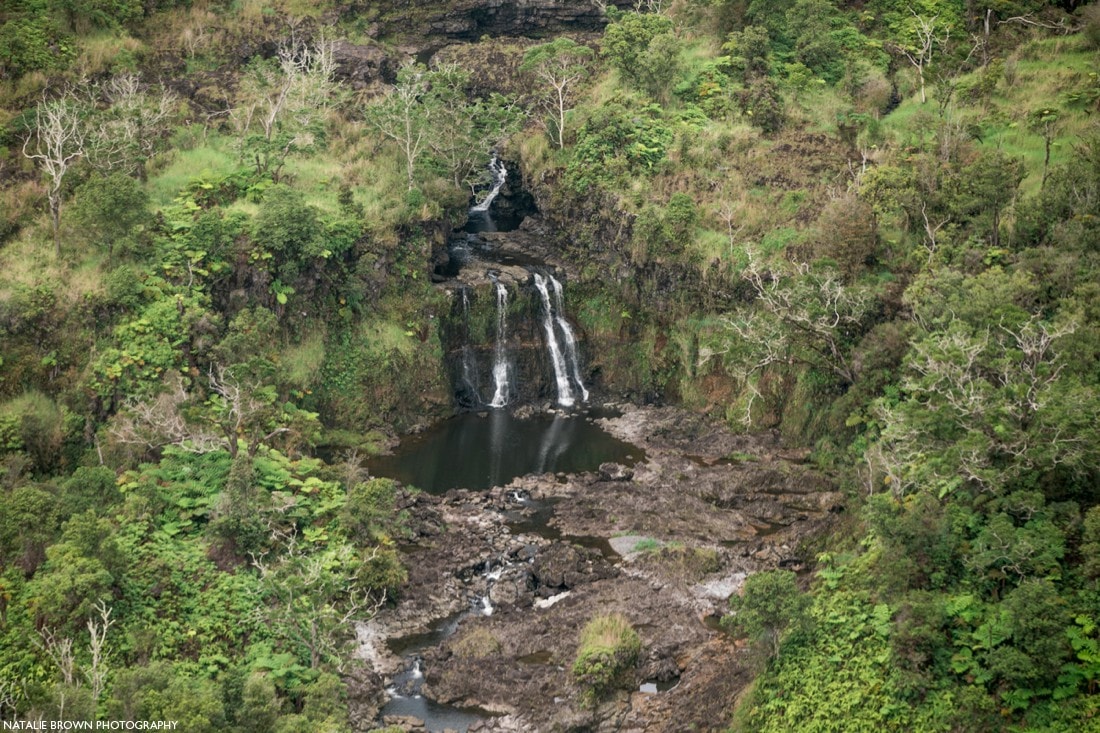
And a parting shot from Natalie Brown of Hawaii Photography of one of the many waterfalls we ALSO saw during the Blue Hawaiian Big Island Tour. Let us know in the comments below if you’ve been to the Big Island.

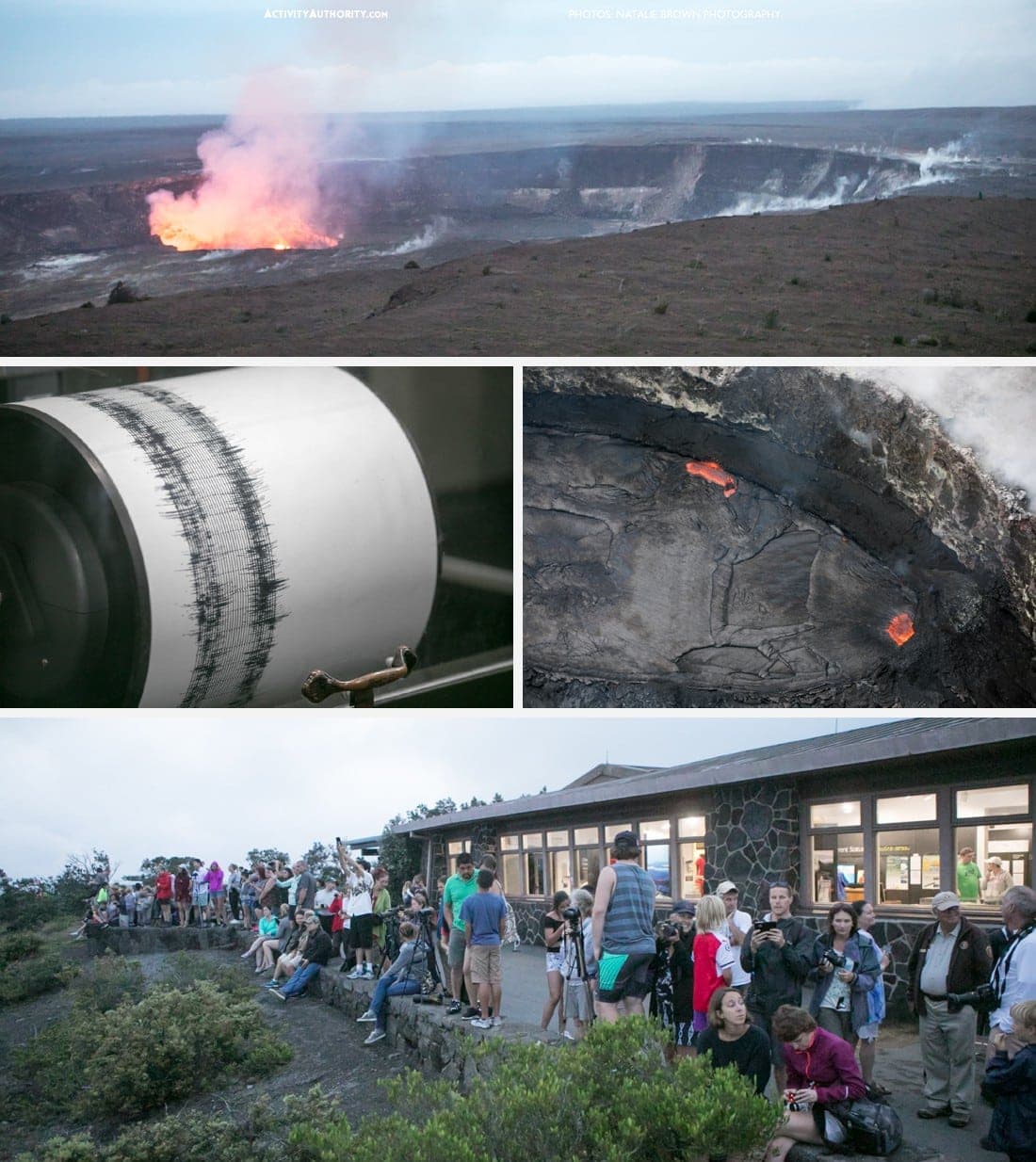



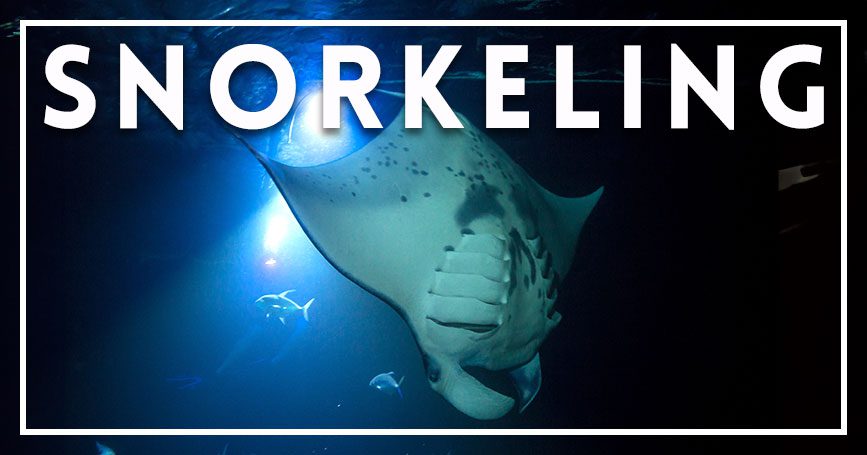

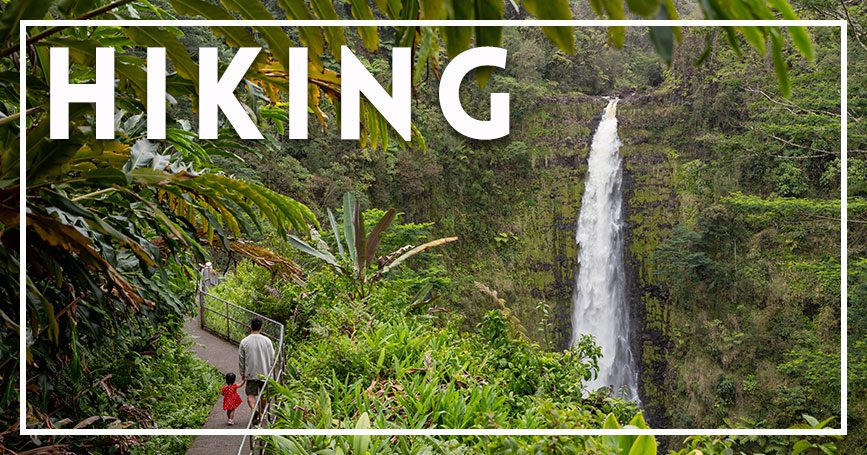
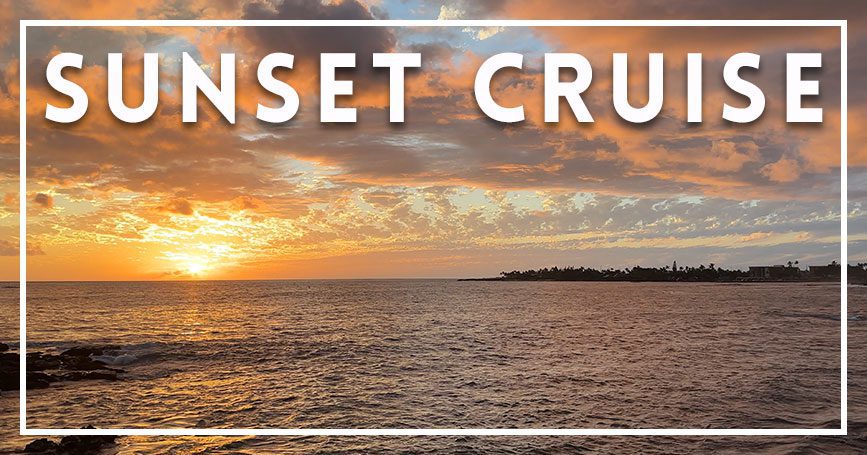
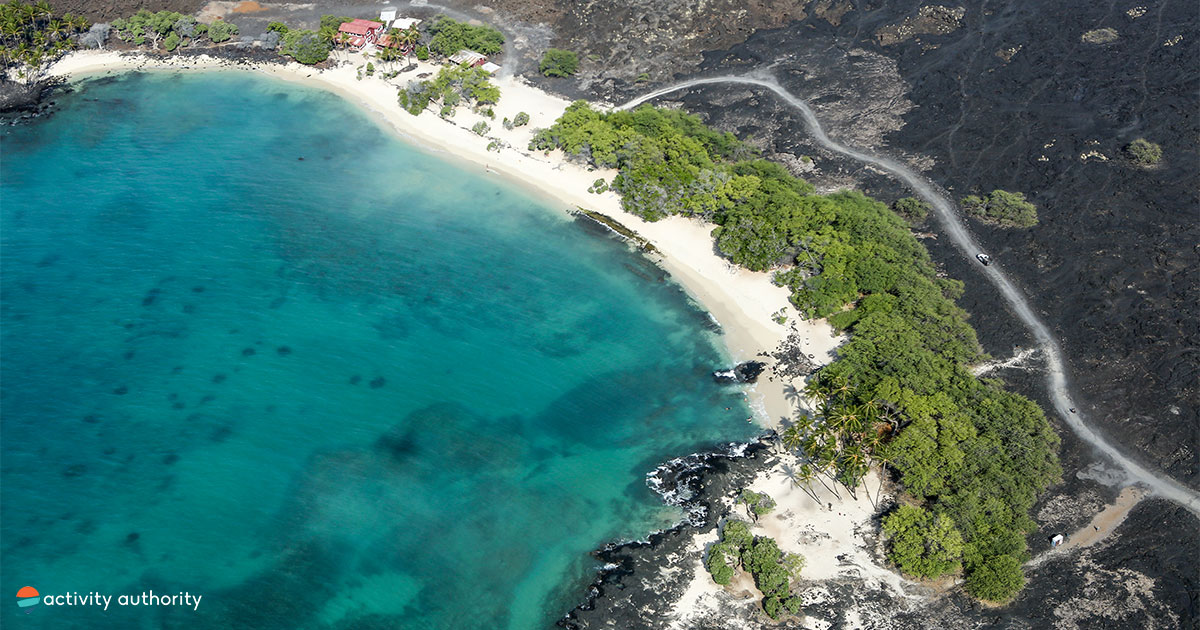
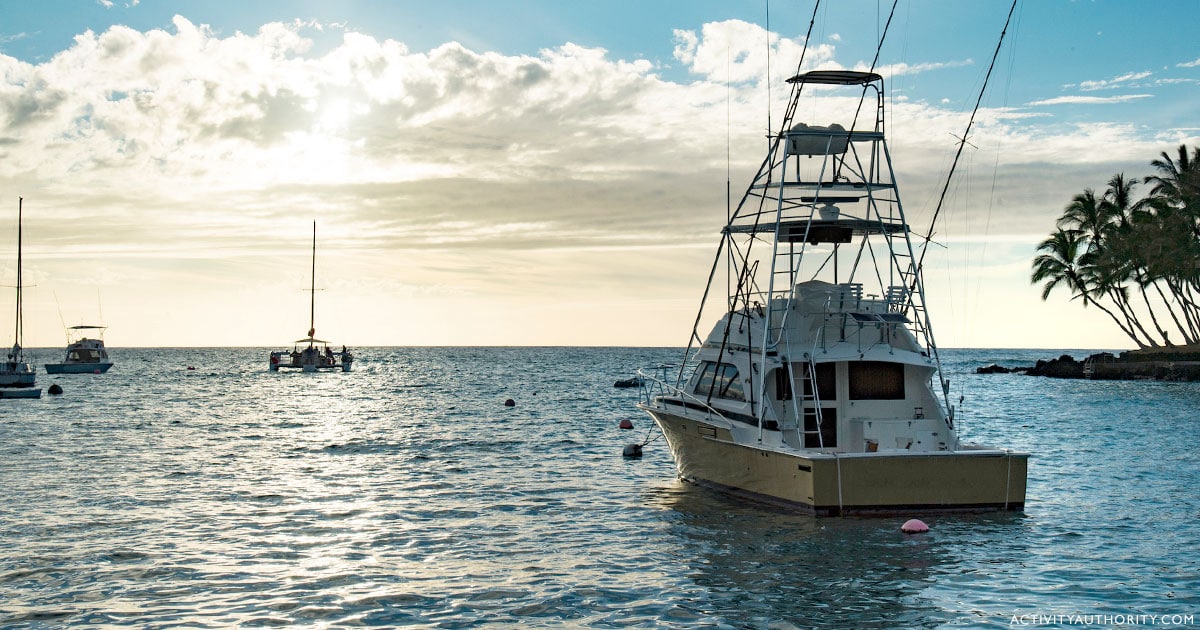



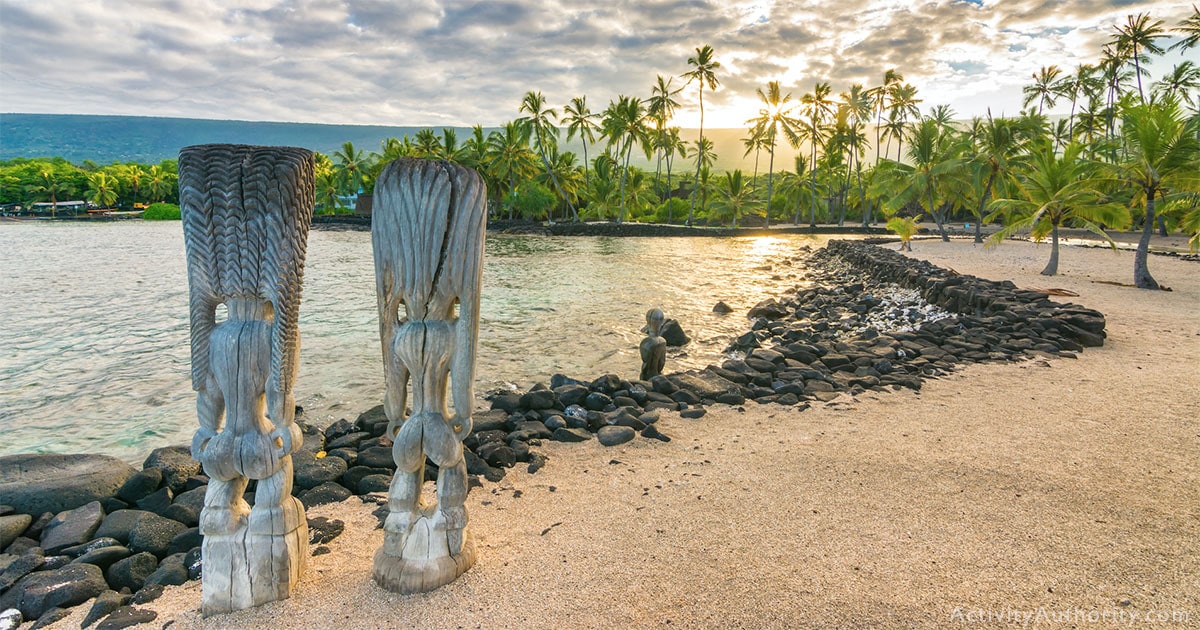
0 Comments